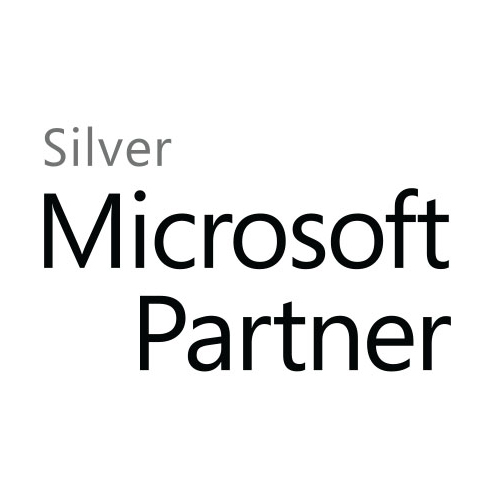As cyber threats continue to evolve, businesses in Hertfordshire must remain vigilant to protect their IT infrastructure from potential attacks. In 2025, cybersecurity risks are becoming more sophisticated, making it essential for organisations to stay ahead with proactive security measures. Here are five key cyber threats that Hertfordshire businesses should watch out for this year.
1. Ransomware Attacks
Ransomware remains one of the most dangerous cyber threat, with attackers using advanced encryption techniques to lock businesses out of their data. Cybercriminals demand hefty ransoms in exchange for decryption keys, putting companies at risk of severe financial losses. To defend against ransomware, businesses should invest in advanced endpoint protection, conduct regular data backups, and educate employees on how to recognise phishing attempts that often serve as entry points for these attacks.
2. Phishing and Social Engineering Scams
Phishing attacks continue to rise, with hackers using deceptive emails, phone calls, and fake websites to trick employees into revealing sensitive information. These scams often appear legitimate, making them difficult to detect. Hertfordshire businesses must implement email filtering solutions, conduct regular cybersecurity awareness training, and establish strict verification procedures to prevent employees from falling victim to social engineering tactics.
3. Insider Threats
Not all cyber threats come from external hackers—insider threats, whether intentional or accidental, can also compromise a company’s security. Employees or contractors with access to sensitive systems may misuse their privileges, leak confidential data, or fall victim to cyber scams themselves. Implementing strict access controls, monitoring user activity, and enforcing least-privilege policies can help businesses mitigate the risks associated with insider threats.
4. Supply Chain Attacks
Hackers are increasingly targeting third-party vendors and suppliers to infiltrate larger organisations. Supply chain attacks exploit vulnerabilities in external software providers, hardware manufacturers, or cloud services to gain unauthorised access to business networks. Hertfordshire companies must conduct thorough security assessments of their suppliers, ensure all third-party software is regularly updated, and implement zero-trust security frameworks to minimise exposure to such threats.
5. AI-Powered Cyber Threats
Artificial intelligence is being used by cybercriminals to launch more sophisticated attacks, including automated phishing campaigns and
deepfake scams. AI-powered threats can adapt to security defenses, making them harder to detect. Businesses must invest in AI-driven cybersecurity solutions that can identify and respond to anomalies in real-time. Using behavioral analysis tools and threat intelligence platforms will help organisations stay ahead of AI-enhanced cyber risks.
Conclusion
With cyber threats becoming more advanced, Hertfordshire businesses must adopt a proactive approach to cybersecurity in 2025. By implementing strong security measures against ransomware, phishing, insider threats, supply chain vulnerabilities, and AI-powered attacks, companies can safeguard their digital assets and maintain operational continuity. Staying informed and investing in cutting-edge IT security solutions will be crucial for business resilience in the ever-evolving threat landscape.
Are you ready to future-proof your startup’s IT support? Start integrating these trends today to stay ahead in the digital race and follow
https://freshstance.co.uk/
Also Read: IT Support Trends 2025: What Hatfield Needs Most 





